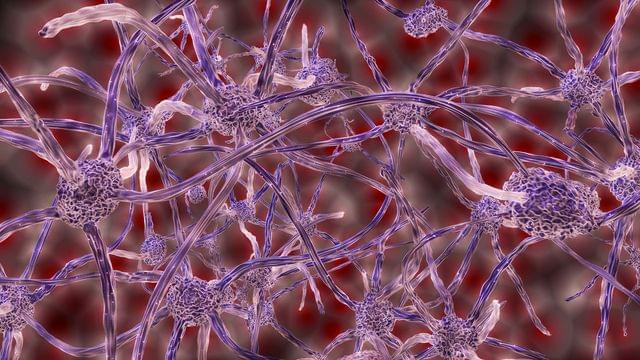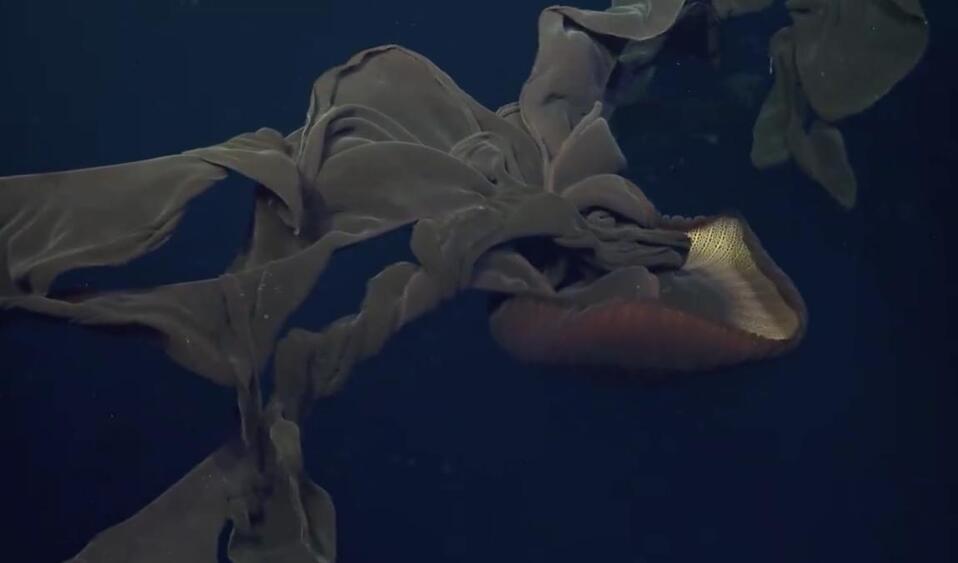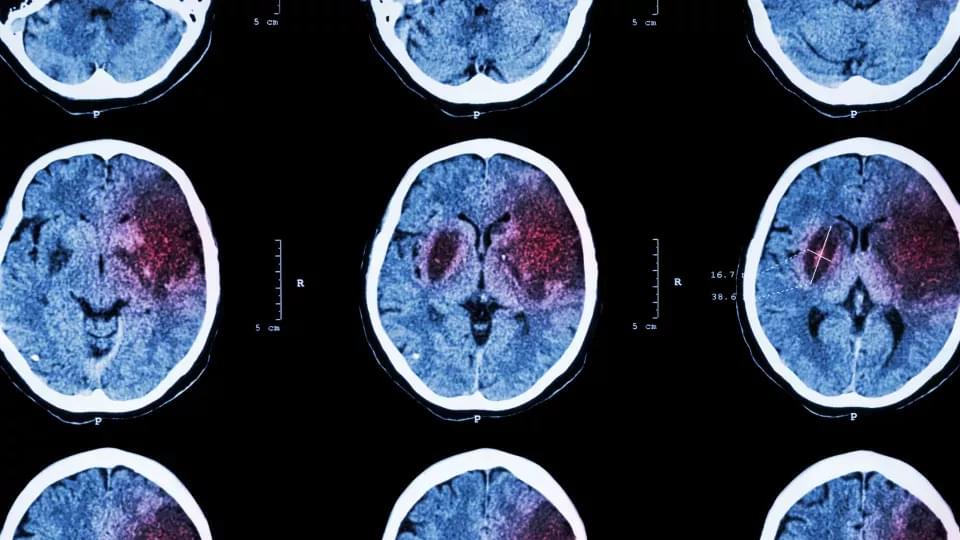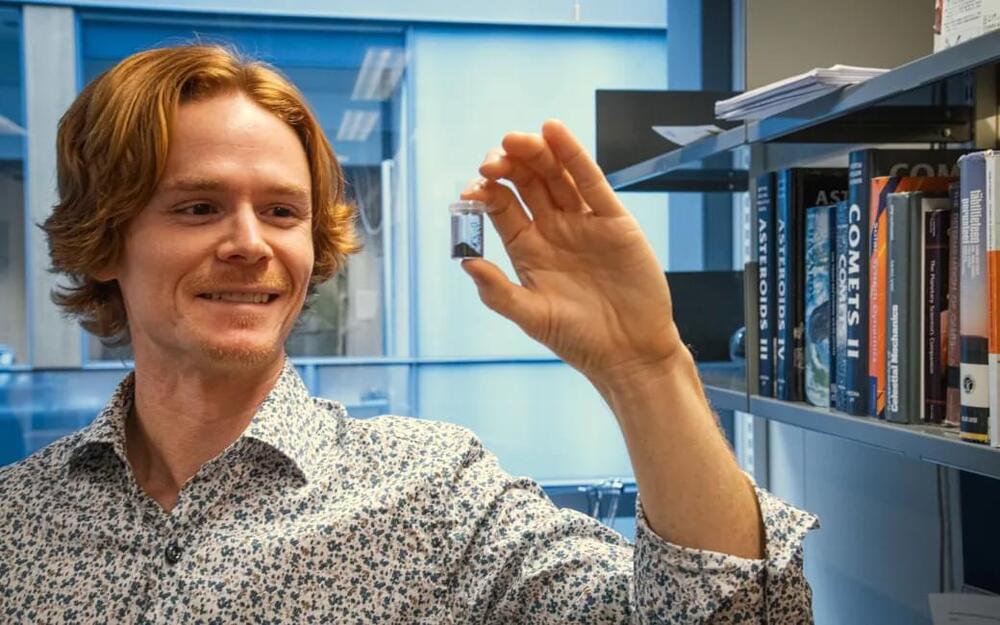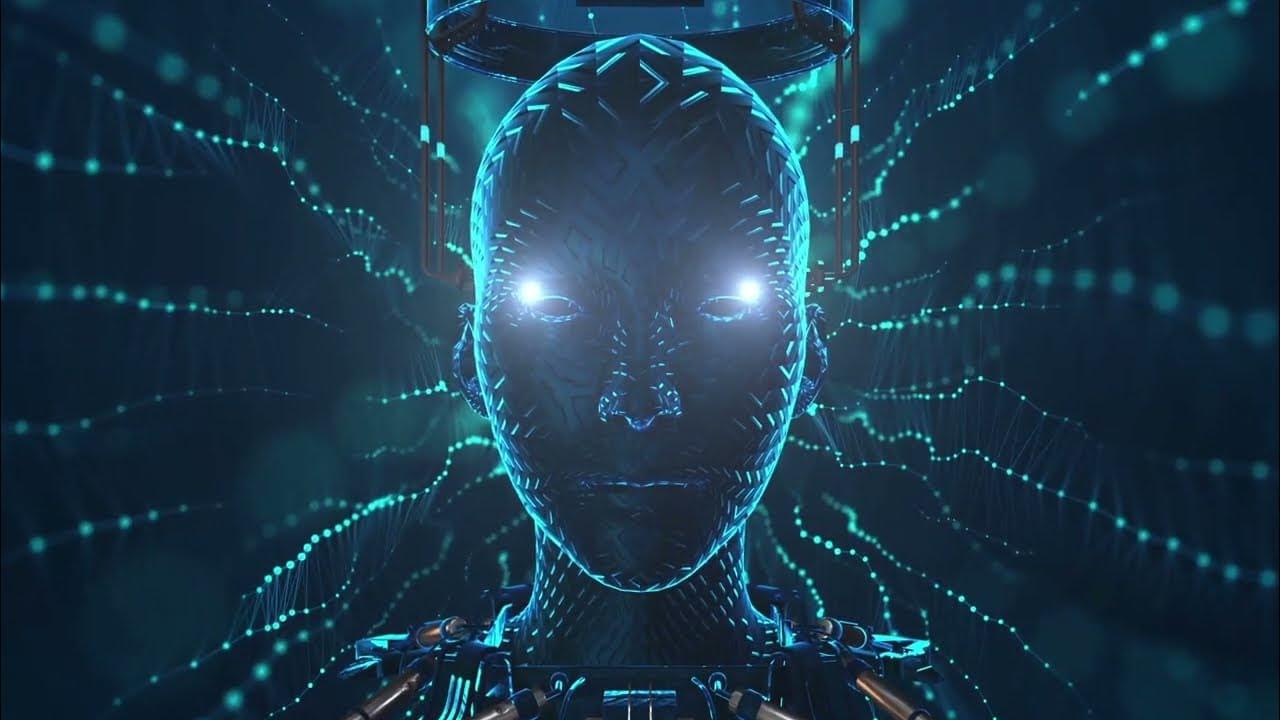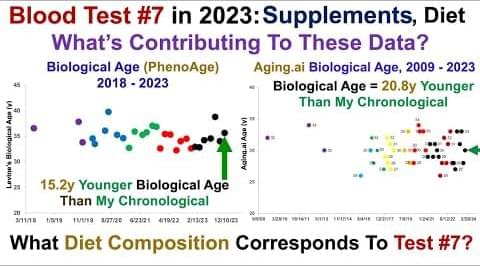Recent advances allow imaging of neurons inside freely moving animals. However, to decode circuit activity, these imaged neurons must be computationally identified and tracked. This becomes particularly challenging when the brain itself moves and deforms inside an organism’s flexible body, e.g. in a worm. Until now, the scientific community has lacked the tools to address the problem.
Now, a team of scientists from EPFL and Harvard have developed a pioneering AI method to track neurons inside moving and deforming animals. The study, now published in Nature Methods, was led by Sahand Jamal Rahi at EPFL’s School of Basic Sciences.
The new method is based on a convolutional neural network (CNN), which is a type of AI that has been trained to recognize and understand patterns in images. This involves a process called “convolution”, which looks at small parts of the picture – like edges, colors, or shapes – at a time and then combines all that information together to make sense of it and to identify objects or patterns.
